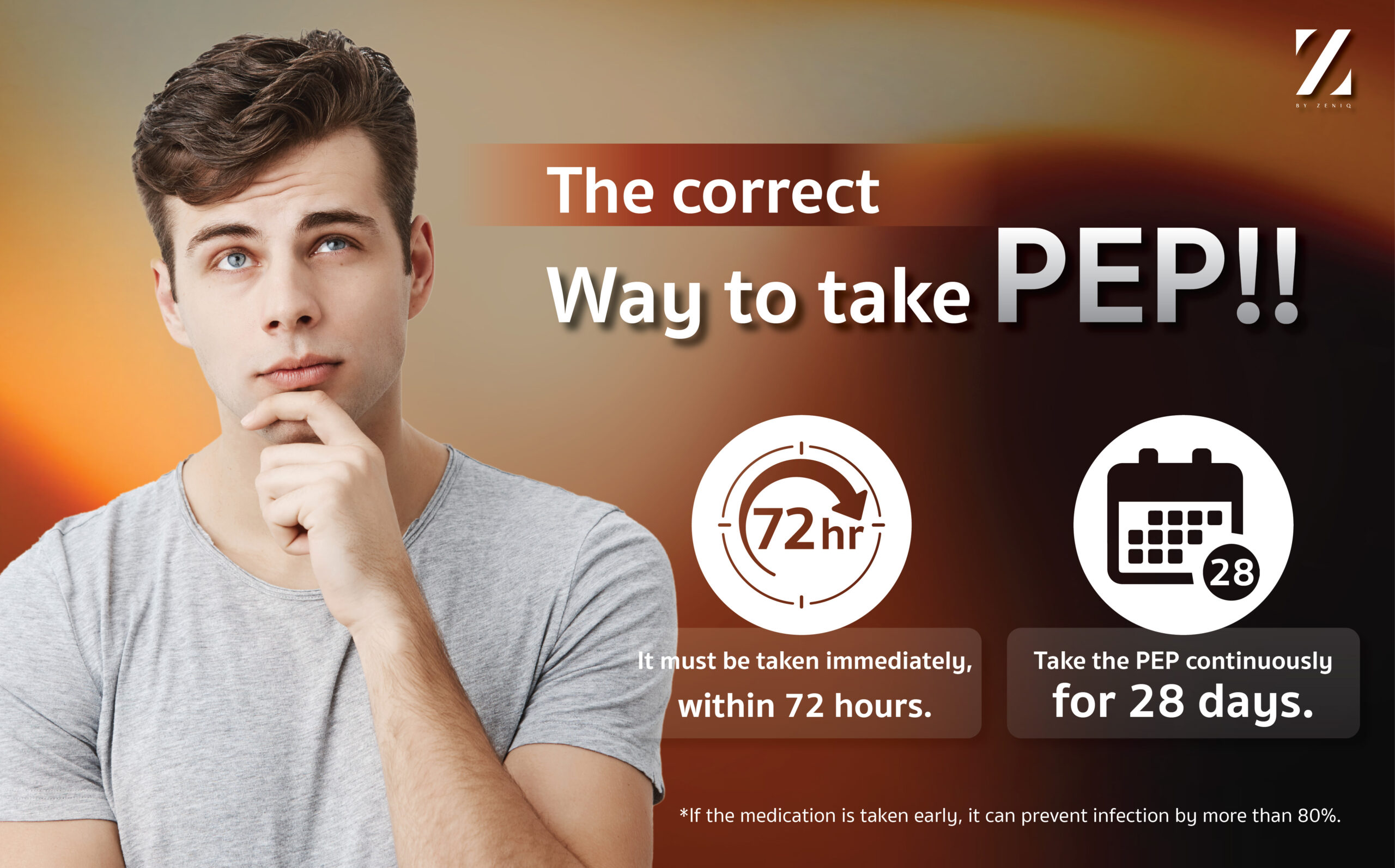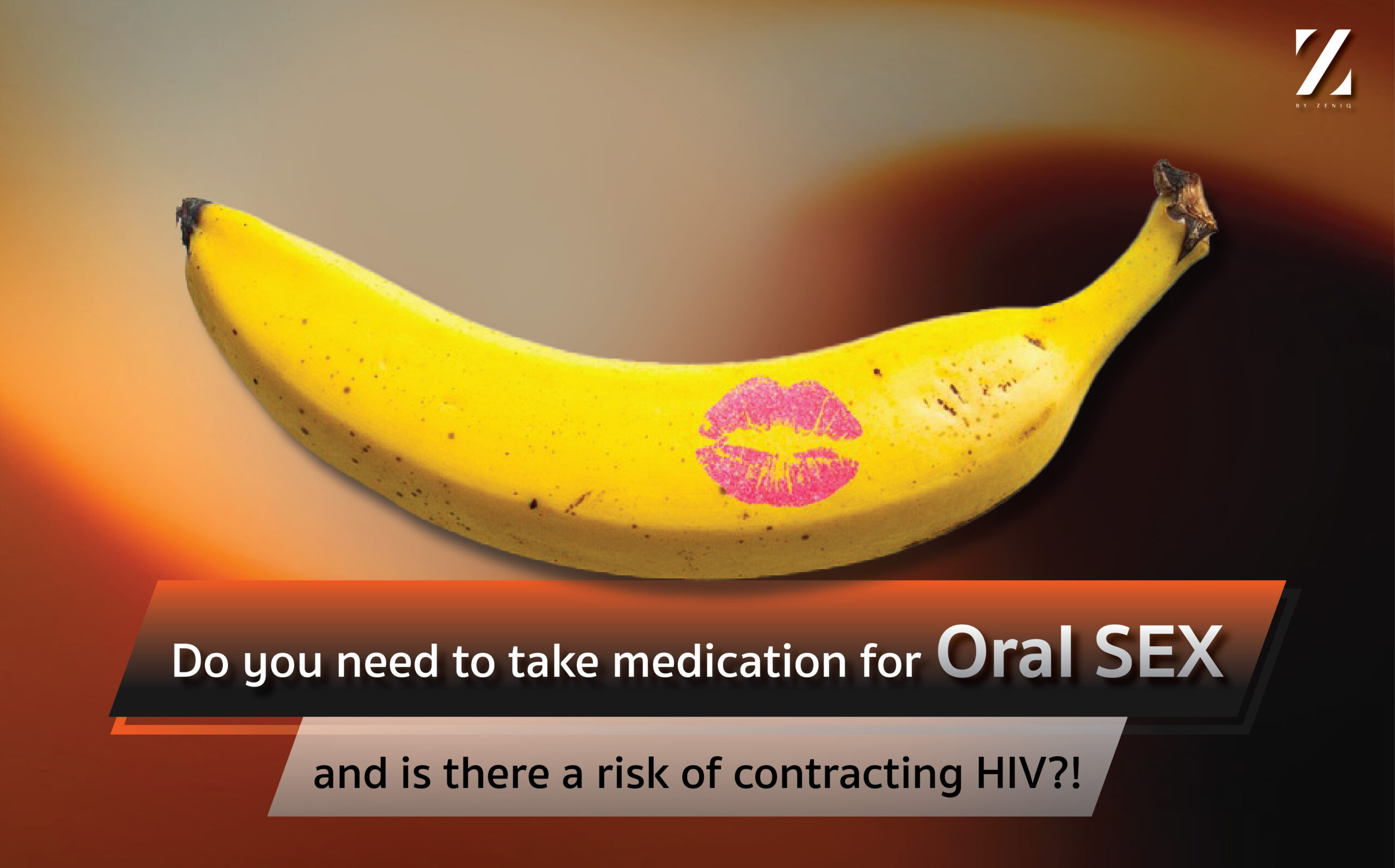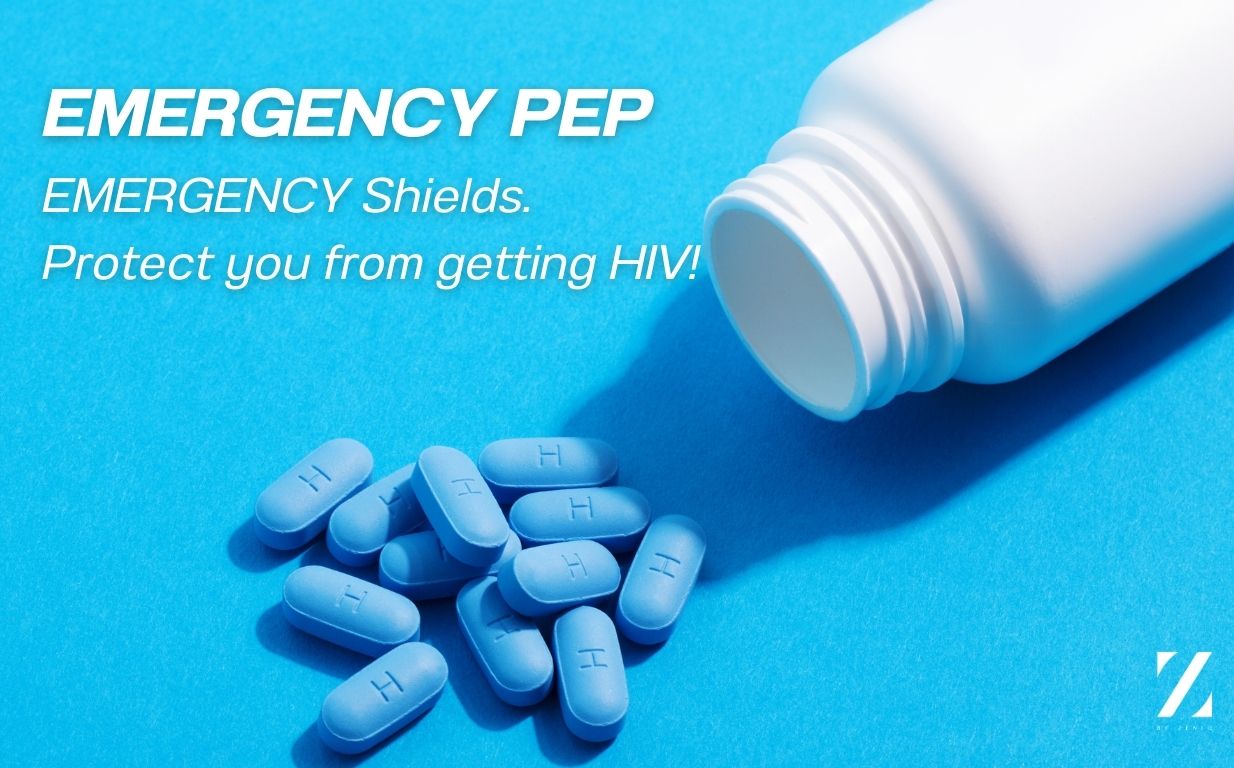HIV remains a significant global public health issue and in Thailand, over 97% of new HIV cases result from unprotected sexual activities. While medical advancements in treatment have been made, prevention remains paramount. One highly-effective preventive measure is taking PEP (Post-Exposure Prophylaxis) — a course of antiretroviral medication taken after potential exposure to HIV.
It is crucial to understand PEP – a medication can prevent HIV, if taken promptly. Let’s look at what PEP is, who can take it, and how to effectively use it.
What is PEP?
Post-Exposure Prophylaxis or PEP is an emergency antiretroviral medication to help prevent HIV infection following potential exposure. Situations may include unprotected sexual activity, exposure to blood or bodily fluids of someone with HIV, or occupational accidents.
To be effective, PEP must be initiated within 72 hours of exposure and taken daily for 28 days. It consists of a combination of three antiretroviral drugs that work to inhibit the replication of the HIV virus in the body.
What is the difference between PEP and PrEP?
Both PEP and PrEP focus on preventing HIV infection but serve different purposes:
- Post-Exposure Prophylaxis (PEP): Emergency medication taken after potential HIV exposure. It is for individuals who are HIV-negative and may have been exposed to the virus.
- Pre-Exposure Prophylaxis (PrEP): Preventive medication taken before potential exposure to HIV. It is for HIV-negative individuals who are at high risk of exposure and must take medicine consistently, under medical guidance, to maintain adequate drug levels in the body. When used correctly, PrEP can reduce the risk of HIV transmission by nearly 100%.
Who should take PEP?
PEP, which must be taken under medical supervision and is not intended as a primary prevention method, is suitable for:
- Individuals who had unprotected sex: Engaging in sexual activity without a condom increases HIV risk.
- Accidental condom failure: Instances of breakage, slippage, or leakage during intercourse.
- Victims of sexual assault: High-risk situations involving non-consensual acts.
- Needle-sharing drug users: Sharing syringes or needles can expose individuals to HIV.
- Healthcare workers: Medical personnel exposed to contaminated blood or bodily fluids through needlestick injuries or other accidents.
Who should not take PEP?
PEP not suitable for:
- Individuals already diagnosed with HIV: Taking PEP in such cases may lead to adverse effects or drug resistance.
- Individuals allergic to PEP ingredients: Medical alternatives should be explored if allergic reactions occur.
- Those unable to adhere to the regimen: PEP requires daily adherence for 28 days; non-compliance reduces effectiveness.
How to Take PEP Correctly

To maximize PEP’s effectiveness in preventing HIV, follow these steps:
Preparation Before Taking PEP
- Take a blood test to confirm HIV-negative status and evaluate overall health, including liver and kidney functions.
- Begin PEP within 72 hours of exposure; the sooner you start, the better.
During the 28-day PEP Regimen
- Take PEP daily at the same time for 28 days. It can be taken with or without food.
- Regular medical check-up is necessary to monitor health and address potential side effects.
- Avoid sexual activity during this period. If unavoidable, use condoms consistently.
- Avoid alcohol and recreational drugs to strengthen your immune system and reduce additional risks.
After Completing the 28-Day PEP Regimen
- Take the HIV test to confirm a negative status.
- Consult a doctor for any unusual symptoms during or after the PEP course.
- Regular follow-ups with a specialist are recommended.
Oral Sex: Do You Need Medication? Can You Contract HIV?

While the risk of HIV transmission through oral sex is very low, but not zero. Factors such as oral sores or bleeding gums increase the likelihood of transmission. Individuals engaging in oral sex with high-risk partners, including such as those living with HIV, must take extra precautions.
Do You Still Need Condoms While Taking PEP?
Yes, condoms remain essential even when taking PEP. While PEP significantly reduces HIV risk, it doesn’t provide 100% protection and cannot prevent other sexually transmitted infections. Using condoms, in addition to PEP, enhances safety and reduces the risk of multiple infections.
Conclusion
Post-Exposure Prophylaxis (PEP) is an emergency antiretroviral medication used to prevent HIV after potential exposure. Unlike PrEP, which is taken before exposure, PEP regimen must begin within 72 hours of the exposure and continue for 28 days. PEP is suitable for high-risk situations such as unprotected sex or need-sharing injuries.
Although oral sex has a low HIV transmission risk, there is potential concern, particularly with oral injuries or other high-risk behaviors. Lastly, even when on a PEP regimen, using condoms is a must for maximum protection against HIV and other STIs.

